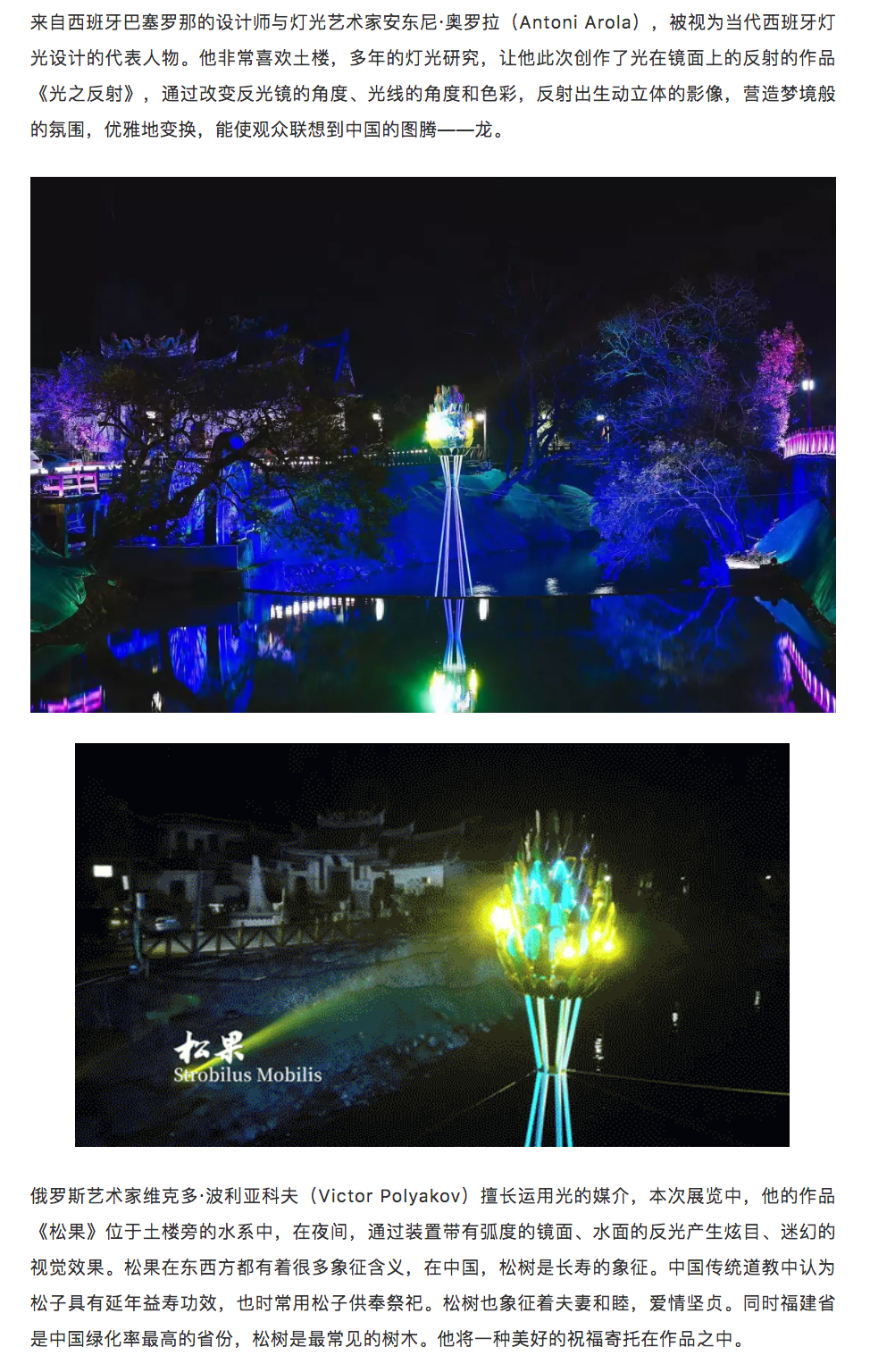ENG BELOW //
Кинетическая скульптура Strobilus Mobilis скомпонована из множества зеркальных чешуйчатых элементов, их кривизна позволяет фокусировать направленный на них световой поток и отбрасывать сложные динамические рефлексы. Архитектоника объекта структурно и визуально отсылает к образу сосновой шишки. Это мощный символ с широкой трактовкой, встречающийся повсеместно, - от греко-римской античности и древнеегипетской мифологии до элементов дизайна главного павильона ВДНХ, выполненного в стиле Сталинского Ампира. Этот образ прочно обосновался в пространстве архитектуры классицизма и в католической атрибутике, в подсвечниках, украшениях и орнаментах. Огромная скульптура сосновой шишки находится во дворе Ватикана с одноименным названием. Пасхальное яйцо фирмы Карла Фаберже, созданное по заказу российского промышленника Александра Кельха, выполнено в форме сосновой шишки. Многочисленные проекты современной параметрической архитектуры и кинетических фасадов вдохновлены формообразованием и структурой ее чешуек.
Закручивающиеся в обычном побеге сосны спирали Фибоначчи, по мнению ряда метафизиков, являются ничем иным как проявлением божественного в тварном мире. Плавное вращение “этажей” кинетической скульптуры Strobilus mobilis реализует математическую последовательность, а упорядоченное перемещение концентрированных бликов оживляет пространство, являясь дополнительным средством художественной выразительности.
Художественная концепция, разработка дизайна: Виктор Поляков.
Технический дирекшн, продюссирование проекта: Александ Фунтов
______________________
The minimalistic kinetic sculpture Strobilus Mobilis is composed of multitude of concave mirrored elements. The curving of the scales allows you to focus the luminous flux directed at them and casts complex dynamic reflections. Horizontal rows (8 rows) are driven by controlled electric motors and can change the direction and speed of rotation.
The architectonics of the object structurally and visually refers to the image of a pine cone. This is a powerful symbol with a wide interpretation that is found everywhere – from Greco-Roman antiquity and ancient Egyptian mythology to the design features of the main pavilion of VDNKh (All-union Exhibition of Achievements of National Economy, Moscow), made in the Stalin Empire style. The image of cone is firmly established in the field of classical architecture and in the Catholic attributes, in candlesticks, jewelry and ornaments. A huge sculpture of a pine cone is located in the courtyard of the Vatican with the same name. The Easter egg by Carl Faberge, commissioned by Russian industrialist Alexander Kelch, is made in the shape of a pine cone. Numerous projects of modern parametric architecture and kinetic facades are inspired by the shaping and structure of its scales.
Fibonacci spirals twisting in the usual pine sprout , according to some metaphysicians, are nothing more than a manifestation of the divine in the created world. The smooth rotation of the “floors” of the kinetic sculpture of Strobilus Mobilis implements a mathematical sequence, and the orderly movement of concentrated glare enlivens the space, being an additional means of artistic expression.
Concept, design project: Victor Polyakov.
Technical direction and production: Alexander Funtov.
Прототип скульптуры впервые был представлен на форуме креативных индустрий ARTWERK 2019.
________
The prototype of the sculpture was presented first time at the ARTWERK 2019 Creative Industries Forum.
Уличная 7-ми метровая кинетическая скульптура «Strobilus Mobilis» построена в соответствии с нашими чертежами и реализованным прототипом в Китайской провинции Фуцзянь, рядом с охраняемыми организацией ЮНЕСКО земляными домами Тулоу. Тулоу представляют собой уникальный круглые сооружения-крепости, вместимость в 500-600 человек. Скульптура реализована в рамках арт-проекта «Chasing for Polaris» при поддержке ЮНЕСКО и муниципальных властей Китая. Объект оснащен архитектурной подсветкой.
______________________________________________
The 7 - meters high outdoor kinetic sculpture «Strobilus Mobilis» was built in accordance with our drawings in Fujian Province of China, near the Tulou building . Tulou is an unique round fortifications with a capacity of 500-600 people. The sculpture was created as part of an art project «Chasing for Polaris» with the support of UNESCO and the Chinese municipal authorities. Object is equipped with architectural lighting.














